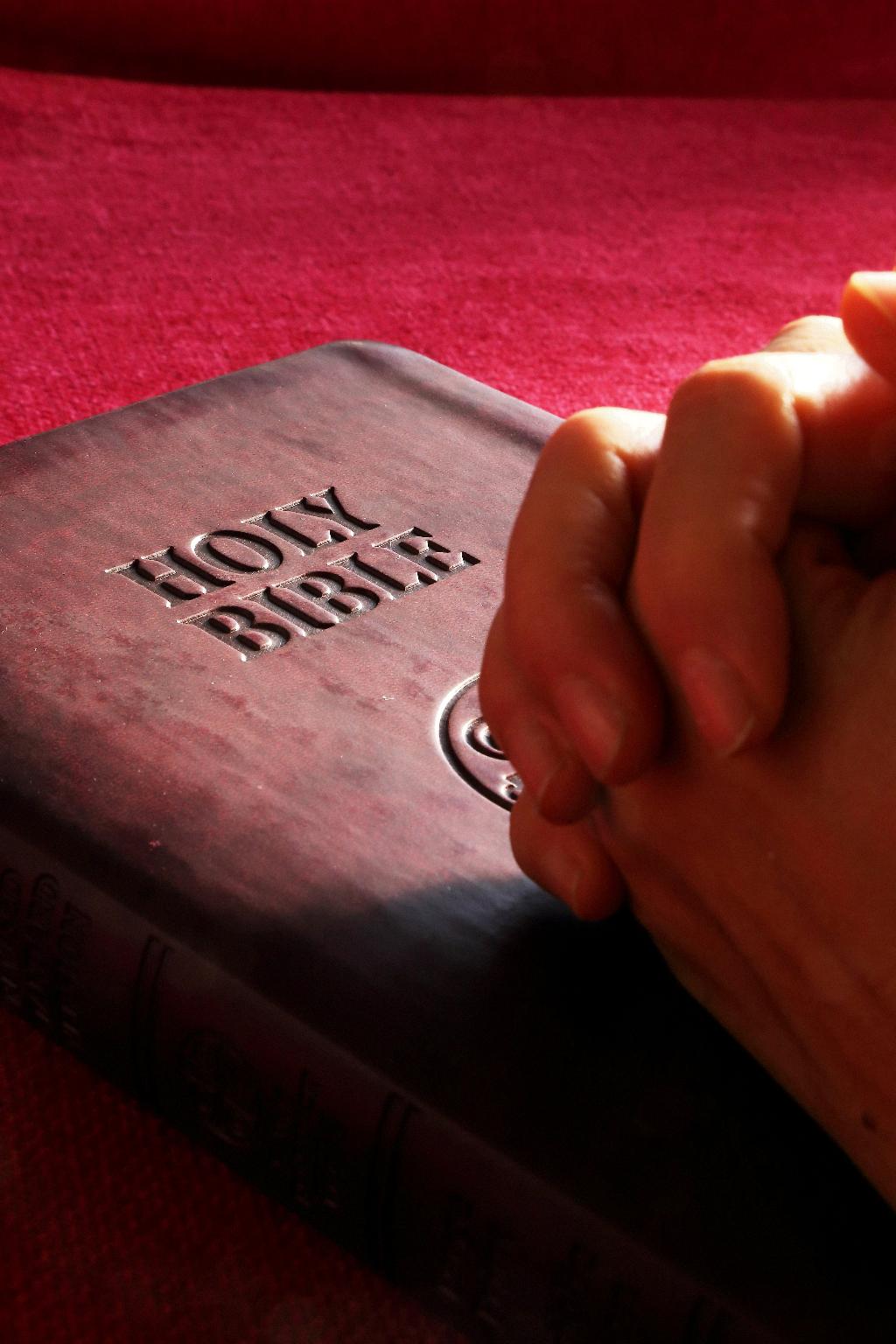When stepping into a Catholic Church, one cannot help but notice the captivating and distinct aroma of incense that fills the air. The sweet fragrance of frankincense and myrrh permeates the sanctuary, evoking a sense of solemnity and sacredness. In this article, we will explore the significance of incense in the Catholic Church, its history, symbolism, types used, rituals and occasions where it is incorporated, as well as practical considerations and common misconceptions surrounding its use.
History of Incense in the Catholic Church
The use of incense in religious ceremonies dates back centuries, rooted in ancient traditions and practices. This sacred fragrance was utilized in various cultures long before the birth of Christianity. Early Christians adopted the practice of incorporating incense into their rituals as they saw its symbolic value and connection to prayer and worship. Over time, the use of incense became an integral part of Catholic liturgy, adding an extra layer of reverence and sanctity to the entire worship experience.
Symbolism of Incense in the Catholic Church
Incense holds deep symbolism within the Catholic Church. As the fragrant smoke rises, it is believed to symbolize the prayers and supplications of the faithful ascending to the heavens, connecting the earthly realm to the divine. Additionally, incense serves as a representation of purification and sanctification, cleansing the sacred space and creating an atmosphere conducive to encountering the presence of God. The use of incense honors and venerates the Eucharist and other sacred objects, signifying their holiness and importance.
Types of Incense Used in the Catholic Church
The most commonly used incense in the Catholic Church is a combination of frankincense and myrrh, mirroring the gifts brought to the baby Jesus by the Magi. Frankincense is known for its rich, sweet, and resinous aroma, while myrrh has a warmer and slightly balsamic scent. Alongside these traditional choices, other botanical ingredients are often used, such as rose, lavender, and jasmine, to create variations in the fragrance. Incense can come in various forms, including powder, resin, and cones, depending on the specific ritual or preference of the parish.
Rituals and Occasions Where Incense is Used
Incense plays a significant role in various Catholic rituals and occasions. During a Solemn Mass or High Mass, incense is commonly used to venerate the Gospel, the altar, and the congregation. It is also an integral part of the Benediction of the Blessed Sacrament, where the Eucharist is presented and adored. Other special occasions, such as processions, funerals, and major feast days, often incorporate the use of incense to enhance the liturgical experience and create a sense of reverence.
The Incense Smell in the Catholic Church
Describing the incense smell in the Catholic Church is challenging, as the experience can be highly personal and subjective. The aroma is often described as a sweet and earthy blend, with hints of citrus and spice. However, the specific scent can vary depending on factors such as the source and quality of the incense, the environment, and personal associations. For many, the incense smell evokes a feeling of tranquility, spirituality, and a sense of being in a sacred space.
Practical Considerations and Usage of Incense
Proper handling and burning techniques are essential when using incense in the Catholic Church. The role of the thurifer, the individual responsible for swinging the censer, is crucial, as they ensure the appropriate amount of incense is used and that it is distributed evenly. Vatican guidelines provide general recommendations, but local customs and traditions may also influence how incense is used within a particular parish or community.
Controversies and Challenges Associated with Incense
While the use of incense in the Catholic Church is deeply rooted in tradition and symbolism, it is not without its controversies and challenges. Health and safety concerns regarding the inhalation of incense smoke have been raised, prompting some to question the amount and frequency of its use. Religious and cultural sensitivities also come into play when considering the appropriation or misinterpretation of incense rituals. Additionally, debates exist regarding whether the use of incense should be optional to accommodate individuals with sensitivities or allergies.
Common Questions and Misconceptions about Incense in the Catholic Church
1. Does incense have any supernatural powers?
Incense itself does not possess supernatural powers. Its use in the Catholic Church is symbolic and serves to enhance the worship experience.
2. Can the use of incense be optional?
The use of incense is not mandatory in Catholic liturgy, but its incorporation adds a sense of sacredness and tradition to the worship experience.
3. Are there any alternatives for individuals sensitive to incense?
Parishes may offer alternative options such as unscented incense or using other methods, such as bells or chanting, to evoke a sense of reverence and sacredness.

Conclusion
Incense plays a significant role in the Catholic Church, adding depth and sensory richness to the worship experience. Its aroma, derived from precious botanical ingredients, symbolizes the prayers and devotion of the faithful and creates a sacred environment in which to encounter the divine. While controversies and challenges exist, the use of incense continues to be cherished and valued within the Catholic community for its profound symbolism and connection to the spiritual realm.
